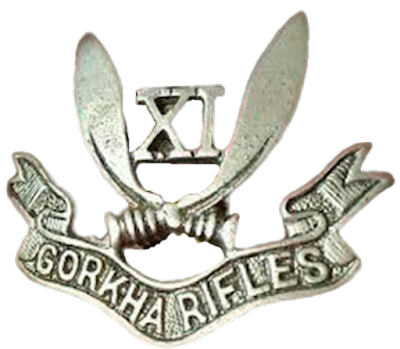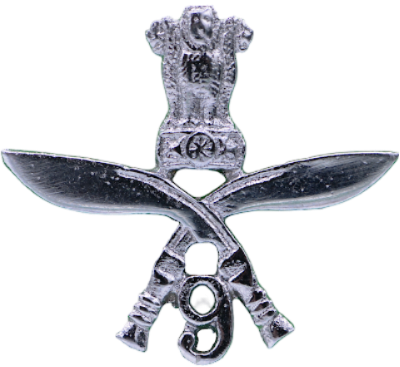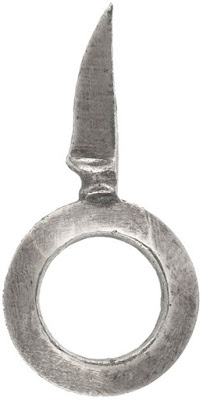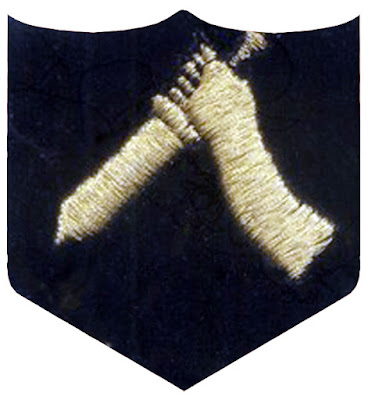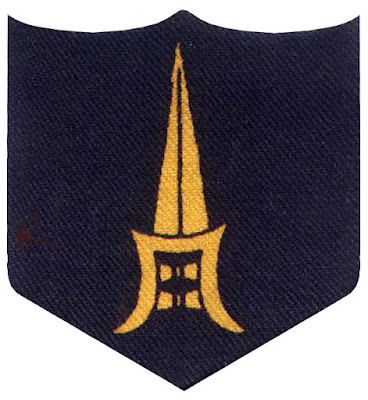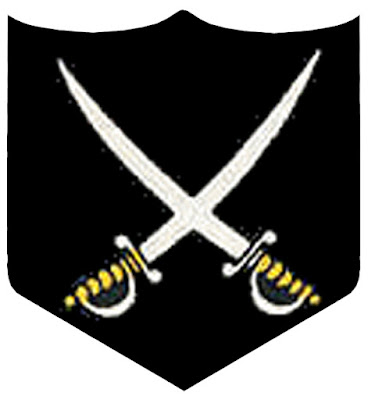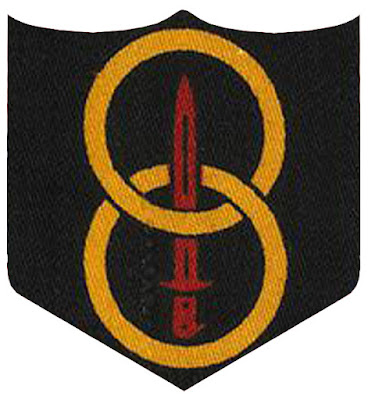NO. 3 SQUADRON
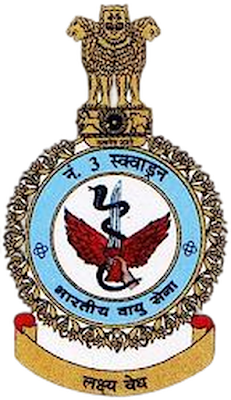
NO. 3 SQUADRON The Number 3 Squadron of the Indian Air Force is also called Cobras. It was formed at Peshawar on October 1, 1941, nearly six months after the raising of No.2 Squadron. The crest shows a hand coupled at the wrist holding a winged dagger entwined by a cobra all in front of the wings. The squadron crest was first put forward by Sqn Ldr Prithi Pal Singh and was approved by King George V in 1947. The original motto was 'Ba Himmat Ba Murad' meaning ‘Fortune favours the brave’ but this was changed in September 1954 to ‘Lakshya Vedh’ meaning ‘Destroy the target with Precision’.
